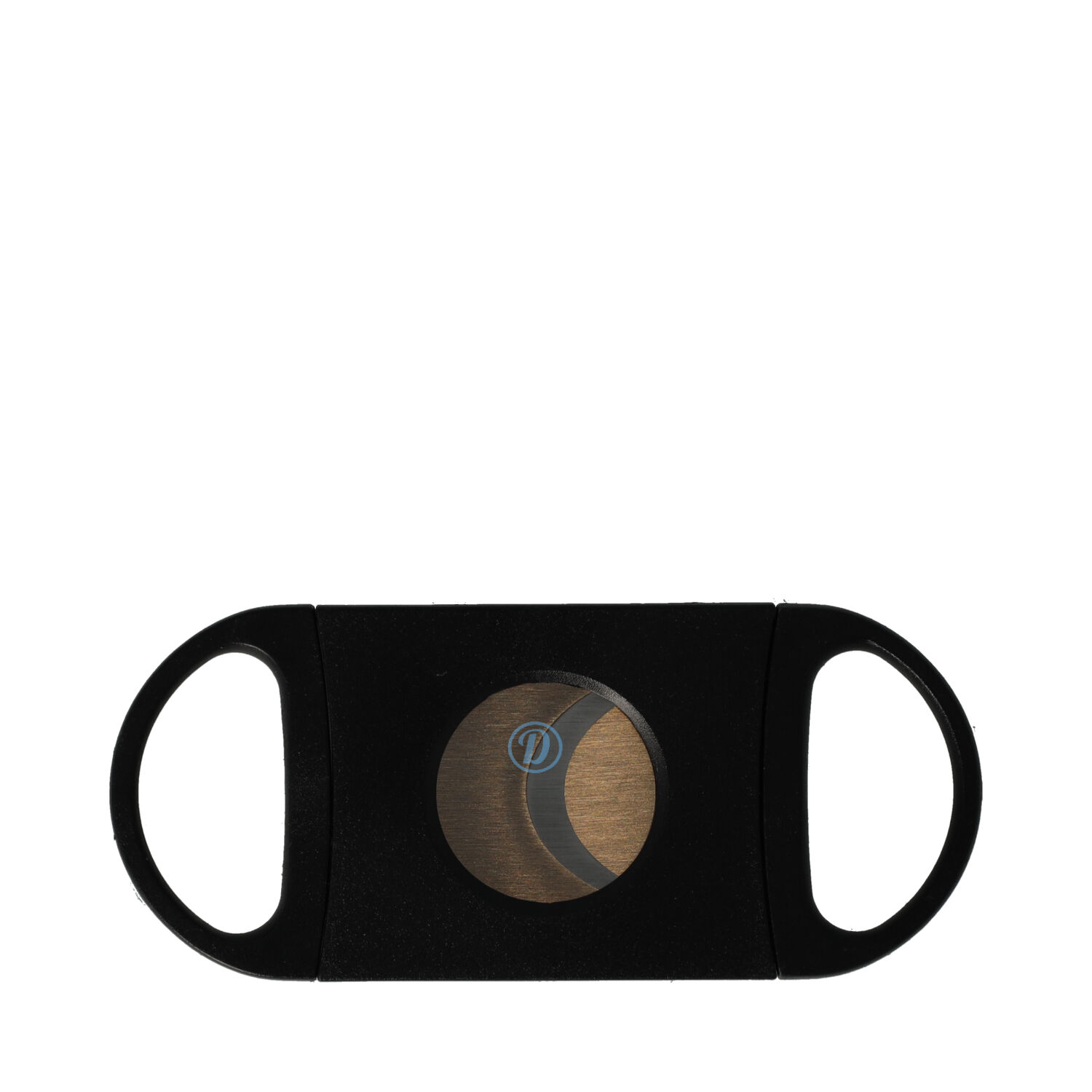Cigars
In a mystical room with a glass of whiskey in hand and an enchanting cigar beside him, a man experienced a magical journey. The cigar, like a wand, brought to life flavors of exotic spices and adventures from distant worlds. Eventually, the cigar extinguished, but the enchantment lingered. ??? And here, amidst clippers, ashtrays, and beautiful stories, you find it all again!
Engaging blogs about Cigars

Fijne service en snel
Really a top tier site everything seems a bit fake but they have the best prices and a really fast delivery with trackingorder. Goated website big probs
What is a Cigar?
A cigar is a rolled bundle of tobacco that people smoke. Instead of inhaling the tobacco like a cigarette, the smoke is usually held in the mouth and then blown out. Cigars come in various sizes and flavors, and some people enjoy them as a relaxing way to savor tobacco. The process of smoking a cigar is often seen as a sort of ritual, where people can leisurely appreciate the taste and aromas. It's important to note that, like cigarettes, excessive cigar smoking can be harmful to your health.
What Makes Cigars Unique?
Cigars stand out from other tobacco products for their complex composition and artisanal manufacture, with tobacco leaves as casing. Examples include:
-
Construction and Wrapper: Unlike cigarettes, which are wrapped in thin paper, cigars are complex rolls of tobacco, encased in tobacco leaves or a special tobacco wrapper. These wrappers are carefully selected and contribute to the complex flavor and craftsmanship of each cigar.
-
Variety in Sizes and Styles: Cigars come in a range of sizes and styles, from large cigars to compact cigarillos. The choice of a cigar often depends on personal preference, taste, and occasion.
-
The Ritual: Cigar smokers not only appreciate the taste of tobacco but also consider the cutting and lighting of a cigar as the beginning of a ritual.
Where Do Cigars Come From?
Cigars have a long history, and their origins can be traced back to various parts of the world. Here are some key points about the origins of cigars:
- Mesoamerica: The origins of cigars and tobacco use can be traced back to ancient indigenous cultures of Mesoamerica, such as the Mayans and Aztecs. These civilizations were familiar with the tobacco plant thousands of years ago. They cultivated tobacco and smoked it in various forms, including rolled tobacco leaves, which can be considered an early form of the cigar.
The Mayans and Aztecs considered tobacco sacred and used it in religious ceremonies, medicine, and social gatherings. They would roll tobacco in leaves or corn husks and smoke it in various ways. This traditional use of tobacco later spread to other indigenous cultures in North and South America.
It was only after the arrival of European explorers, such as Christopher Columbus, that tobacco found its way to Europe and eventually laid the groundwork for the development of the modern cigar. The indigenous cigars smoked by the Mayans and Aztecs were more primitive than the cigars we know today, but they were the beginning of this beloved tobacco tradition.
- Christopher Columbus: The spread of tobacco and the concept of cigars in Europe are largely attributed to the famous explorer Christopher Columbus. During his first voyage to the New World in 1492, Columbus encountered indigenous populations in the Caribbean islands using tobacco leaves for various purposes, including smoking.
Columbus and his crew brought tobacco leaves back to Europe, marking the beginning of tobacco's introduction to the European continent. Initially, tobacco was seen more as a curiosity and not as an everyday indulgence.
However, it didn't take long for tobacco use to grow in popularity in Europe, and it began to spread across the continent. By the 16th century, tobacco leaves and the art of cigar making were well established in parts of Spain, Portugal, and France. Here, the basic form of the cigar as we know it today began to emerge.
So, Christopher Columbus played a crucial role in bringing tobacco from the New World to the Old World, eventually leading to the spread and evolution of the cigar in Europe and beyond.
- Cuba: Cuba is globally renowned as one of the most prestigious and reputed producers of cigars. The history of cigars in Cuba goes back hundreds of years. The island's warm climate and fertile soil make it particularly suitable for growing high-quality tobacco.
In the 19th and 20th centuries, Cuba developed a reputation for producing some of the world's finest cigars, and brands like Cohiba, Montecristo, Partagás, and Romeo y Julieta are known worldwide. The craftsmanship of Cuban cigar makers is legendary, and the tradition of cigar making is deeply rooted in Cuban culture.
Cuban cigars are often considered the benchmark against which other cigars are measured, and cigar aficionados travel from around the world to try authentic Cuban cigars. However, be aware that the sale of Cuban cigars may be restricted in some countries due to trade embargoes and legislation.
Cuba has a long and rich history in the cigar industry and continues to be a leading producer of high-quality cigars worldwide.
-
Dominican Republic, Honduras, and Nicaragua: In addition to Cuba, other countries in Central and South America have played a significant role in the world of cigar production.
-
The Dominican Republic is one of the leading producers of premium cigars outside Cuba. The country has a similar climate and soil composition to Cuba, which is ideal for growing high-quality tobacco. Famous brands such as Arturo Fuente and Davidoff produce cigars in the Dominican Republic.
-
Honduras also has a thriving cigar industry and is known for its robust cigars with an earthy flavor. Brands such as Alec Bradley and Camacho have their origins in Honduras.
-
Nicaragua is home to some of the most powerful and spicy cigars in the world. The Nicaraguan cigar industry has gained rapid ground and is now a significant player in the market. Brands such as Padron and Oliva are popular examples of Nicaraguan cigars.
These countries have each added their unique characteristics and flavors to the world of cigar production, bringing a great diversity of cigars to the market that can vary in taste and character. This gives cigar enthusiasts a wide range of options to enjoy.
- United States: The United States also has a long history of cigar production and consumption. Cigars became popular in the United States in the 18th and 19th centuries, and cities like Tampa in Florida became known for their cigar industry.
The cigar industry in the US reached its peak in the late 19th and early 20th centuries, with numerous cigar factories throughout the country. American cigars were known for their variety in sizes and flavors.
A Look Back at History and Traditions
In this wonderful world of cigars, we've given you insight into the complex world of rolled tobacco and the craftsmanship behind it. It's important to emphasize that cigars, while having a long history and tradition in various cultures, also carry health risks. Smoking, in any form, can be harmful to your health.







